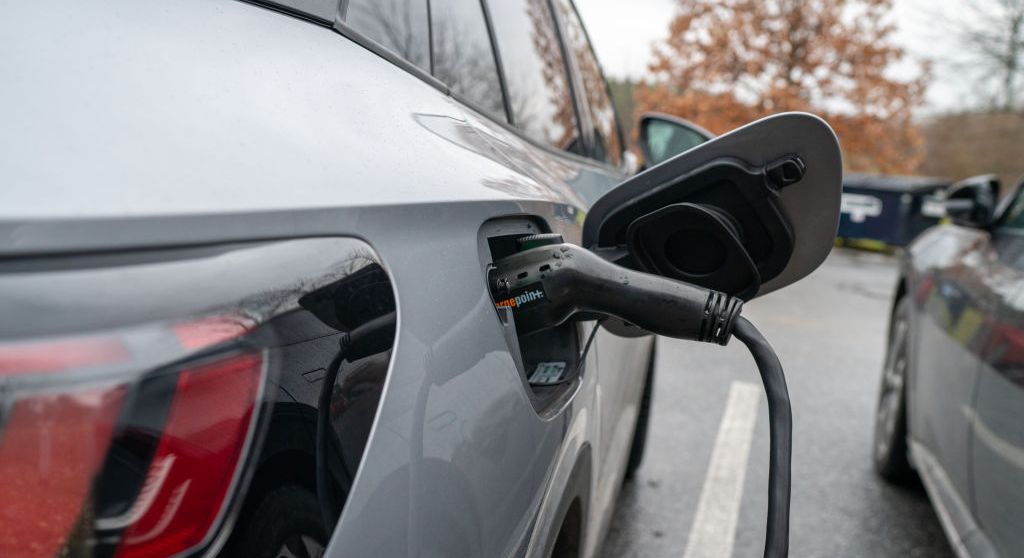Solid-state batteries promise a number of advantages over traditional lithium-ion batteries currently used in many EVs from the standpoint of weight savings, energy density, thermal safety, and battery life. This is why EV makers are in a race to field the first production models with this battery type—solid-state technology is expected to be nothing short of a game-changer.
But as the technology itself inches to production, every once in a while we get a glimpse of just what these battery compositions could offer in real-world cars.
VW has recently revealed the results of charging cycle testing of QuantumScape’s solid-state battery, having subjected it to more than 1000 charging cycles. The battery maintained a 95% capacity, significantly exceeding the requirements in the A-sample test, and also far exceeding typical lithium-ion battery lifespans.
VW noted that the number of charging cycles the battery was subjected to represented a total mileage of half a million kilometers, or about 621,000 miles, for a car with a WLTP range of 500-600 kilometers, or 310-372 miles.
The solid-state cell itself is composed of 24 layers, which corresponds to VW’s planned series-production cell design. This means it’s as close as possible to what the automaker hopes to be able to mass produce in the coming years.
“These are very encouraging results that impressively underpin the potential of the solid-state cell,” said PowerCo CEO Frank Blome. “The final result of this development could be a battery cell that enables long ranges, can be charged super-quickly and practically does not age.
QuantumScape’s solid-state designs are also being tested for fast-charging capability, self-discharge characteristics, and safety performance, with VW indicating that this composition has met all of these requirements.
However, just as with several other solid-state developers, QuantumScape and PowerCo are now facing the challenge of mass producing these cells, having largely solved all other issues on a lab scale.
“While we have more work to do to bring this technology to market, we are not aware of any other automotive-format lithium-metal battery that has shown such high discharge energy retention over a comparable cycle count under similar conditions,” said Jagdeep Singh, founder and CEO of QuantumScape.
Of course, there are a number of other solid-state battery developers that have recently touted impressive results with their own compositions, with plans for testing in prototype vehicles starting this year. Even plans for such tests won’t address all the anticipated difficulties in achieving solid-state cell mass production, which is now viewed as the main barrier to their market debut in EVs.
But it’s clear that automakers are confident in the designs currently being tested. Let’s hope the production half of the equation will be solved far quicker than the cell design and composition phase.

